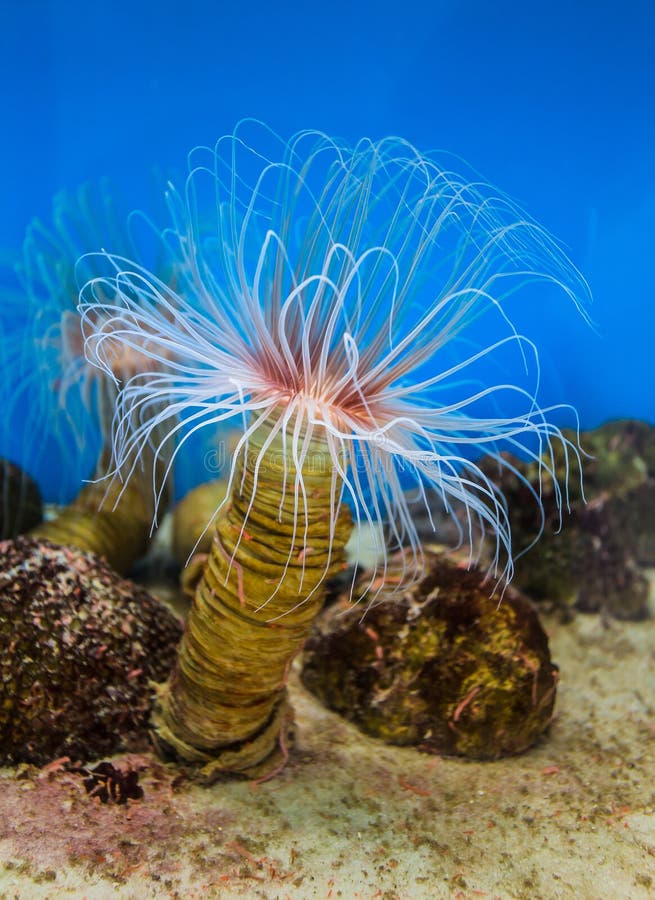

2008) y la “ley de protección a los animales domésticos y a los animales silvestres mantenidos en cautiverio” (Ley 27265). Con los ratones se procedió de acuerdo con la Guía de manejo y cuidado de animales de laboratorio: ratón, del Instituto Nacional de Salud de Lima (Fuentes et al. de peso, que fueron comprados en el Instituto de Medicina Tropical de la Universidad Nacional Mayor de San Marcos, el mismo día de los ensayos de toxicidad. Ratones albinos.- Se utilizaron ejemplares de Mus musculus de 20 a 22 g. T1 - Estudio bioquúmico del veneno de la anémona de mar Phymactis papillosa (Actiniidae) papillosa has proteolytic, hemolytic and neurotoxic activity.", It is concluded that the soluble venom of P. Finally, the soluble venom as the peak III showed be neurotoxic when injected into white mice intraperitoneally. Hemolytic activity on human red cells tested, was found in the soluble venom and peak II. Was not detected phospholipase activity, hyaluronidase, acid phosphatase and alkaline phosphatase. Proteolytic activity on casein was found in the soluble venom and peaks I and III. In the soluble venom and collected fractions was measured protease activity, phospholipase, hyaluronidase, acid phosphatase and alkaline phosphatase as well as hemolytic and neurotoxic activity. The soluble venom was fractionated by filtration chromatography on a Sephadex G-50 column, yielding four protein peaks (I, II, III and IV). Electrophoretic analysis of the soluble poison showed the presence of 5 protein bands with molecular weights between 5 and 25.1 kDa.


The venom was obtained by hypotonic shock and then lyophilized. papillosa has proteolytic, hemolytic and neurotoxic activity.Ībstract = "In this work, the poison of Phymactis papillosa collected in Ancn bay has been studied biochemically. In this work, the poison of Phymactis papillosa collected in Ancón bay has been studied biochemically.


 0 kommentar(er)
0 kommentar(er)
